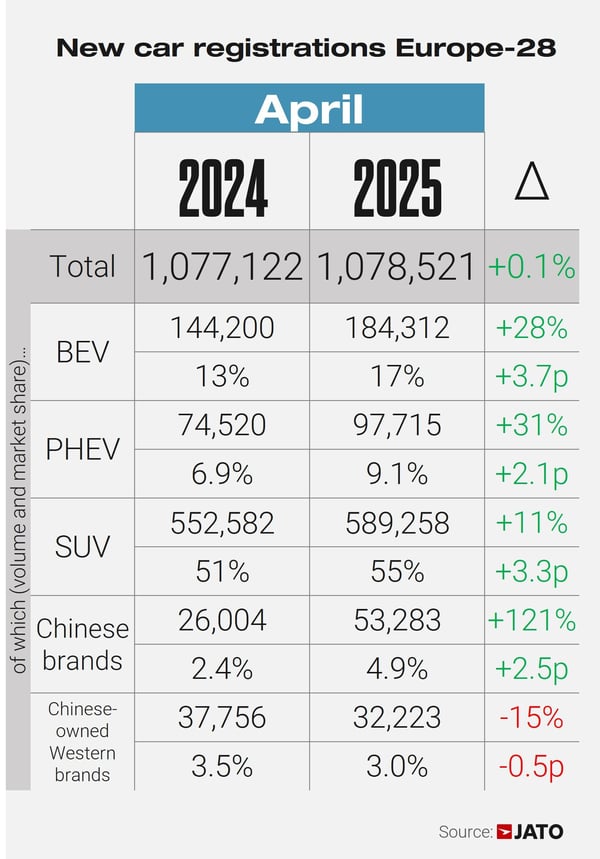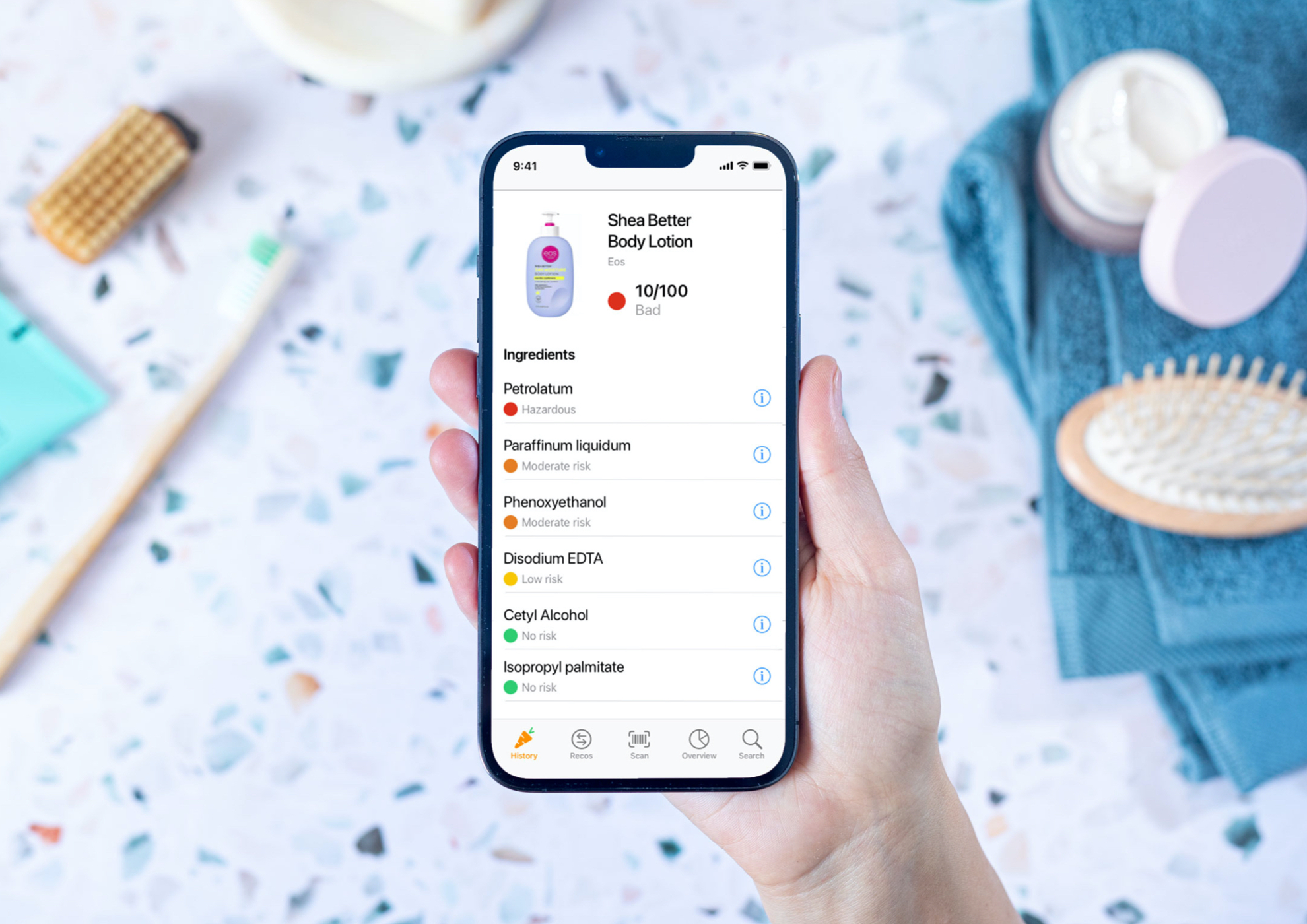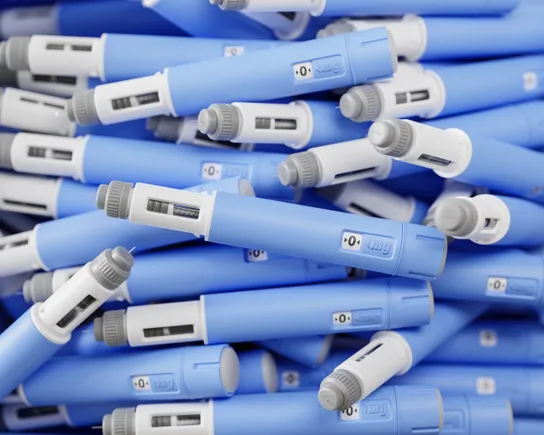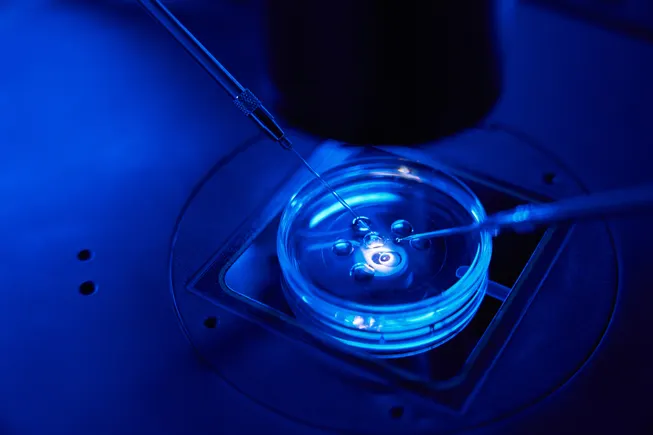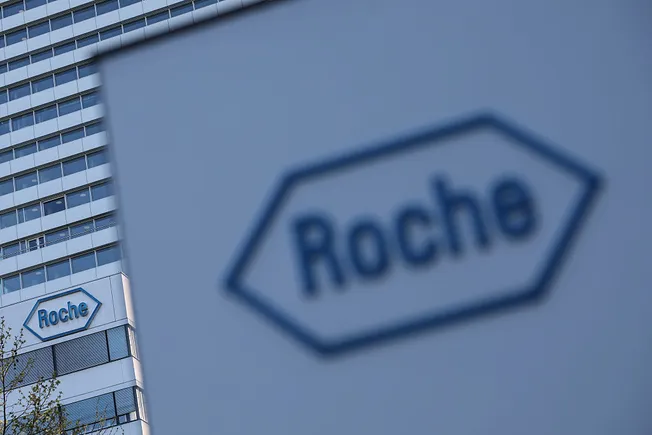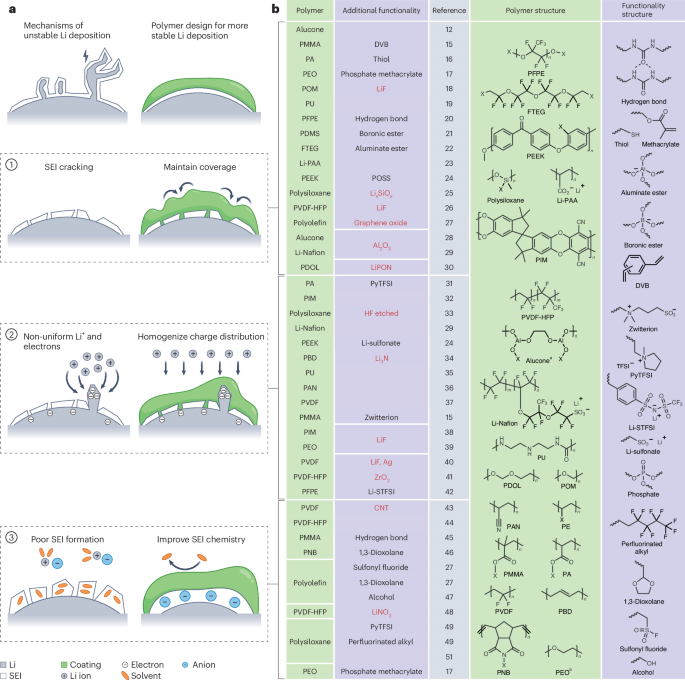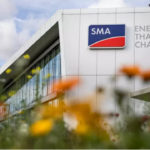Lighting up Resistance: Rapid Antimicrobial Susceptibility Testing of Gram‐Negative Bacteria in Bloodstream Infections Using an Aggregation‐Induced Emission Bioprobe
Advanced Healthcare Materials, Volume 14, Issue 13, May 16, 2025.

This work develops a rapid, wash-free antimicrobial susceptibility testing (AST) assay based on an aggregation-induced emission luminogen. It shows high categorical agreement (84-95%) with the standard method, dramatically shortening the time-to-result from days to hours. This represents a new paradigm in phenotypic AST, offering speed, simplicity, and direct applicability to patient samples.
Abstract
Rapid and accurate antimicrobial susceptibility testing (AST) is crucial for guiding treatment and combating resistance. However, conventional ASTs are time-consuming and require pure colonies, delaying the initiation of targeted antimicrobial therapy. Herein, a novel AST based on an aggregation-induced emission luminogen (AIEgen), DATVP, which can directly assess the antimicrobial susceptibility of Gram-negative bacteria in positive blood cultures, is reported. DATVP specifically lights up Gram-negative bacteria with damaged cell membranes while showing no fluorescence in intact bacteria. The antimicrobial-induced fluorescence turn-on of DATVP is found to be fast (within 6 h) and sensitive, allowing for reliable determination of antimicrobial susceptibility. Using DATVP, a wash-free AST is developed and its performance was validated on clinical isolates. The DATVP-based AST showed high categorical agreement (84-95%) with the standard method while shortening the time-to-result from days to hours. This method represents a new paradigm in phenotypic AST, offering speed, simplicity, and direct applicability to patient samples, with the potential to enable timely and targeted antimicrobial treatment.






















